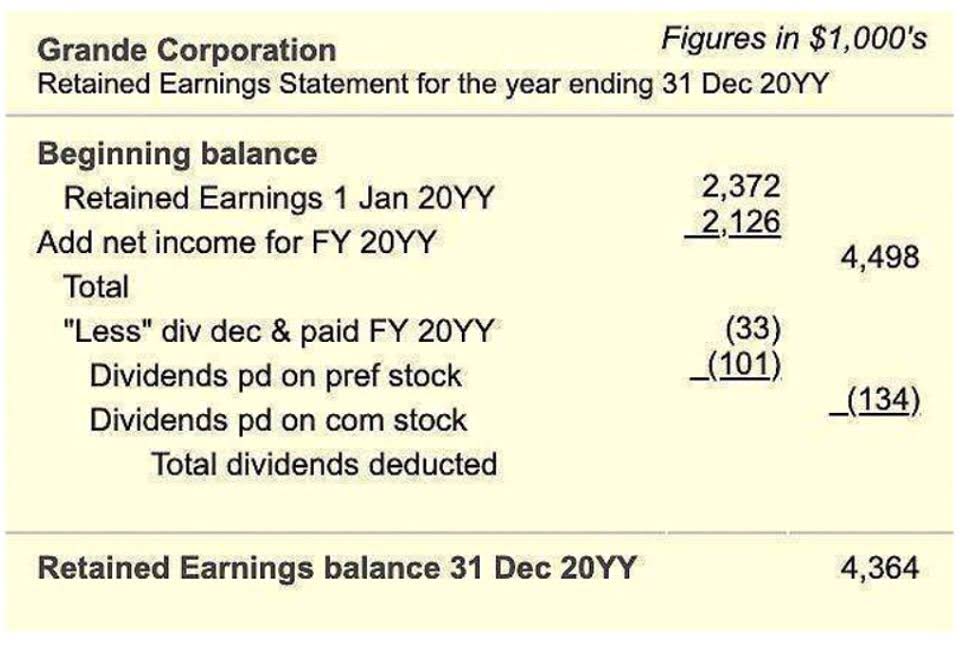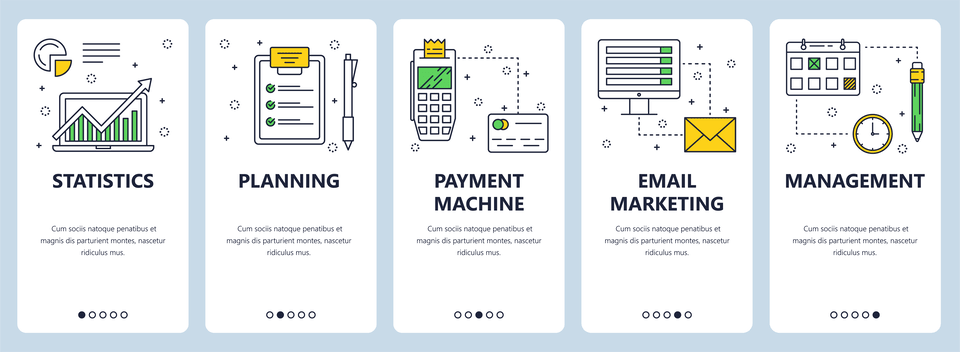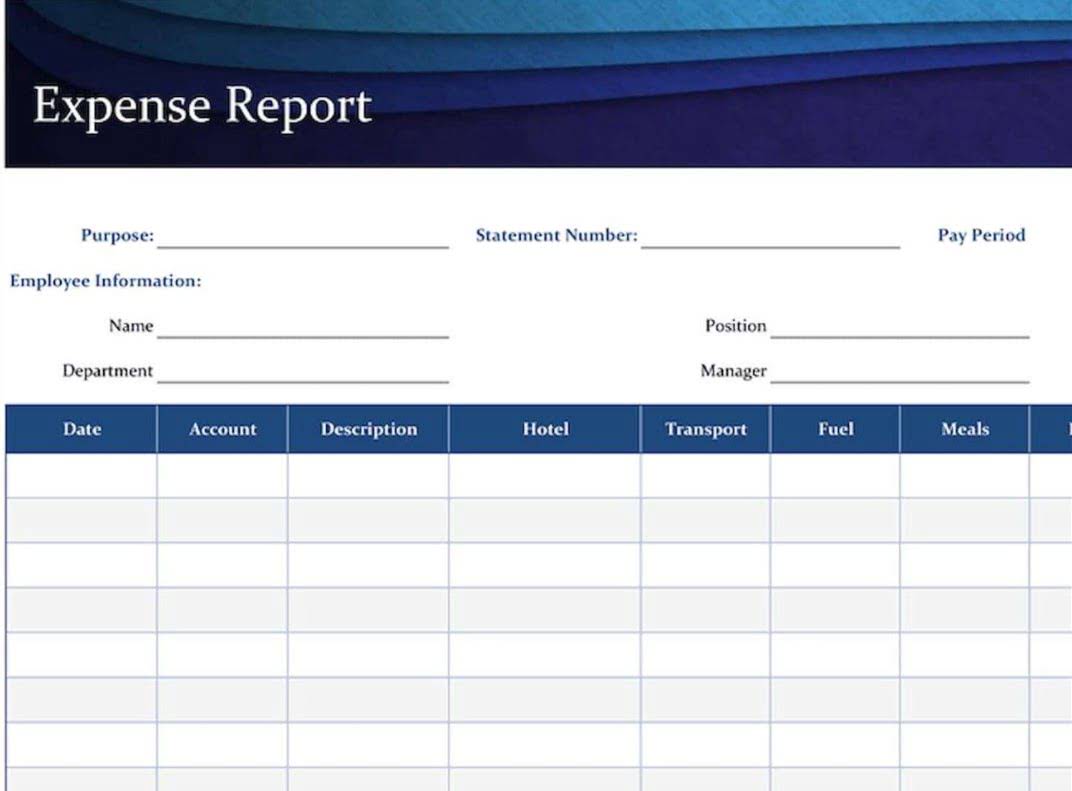
By proactively managing fixed costs, businesses can enhance their resilience and adaptability in a fluctuating market environment. Insurance premiums also fall under the category of fixed costs. Whether it’s property insurance, liability insurance, or health insurance for employees, these premiums are usually paid on a regular basis and remain constant over the policy period. Insurance provides a safety net for businesses, protecting them from unforeseen events that could otherwise result in significant financial losses. The predictability of fixed costs allows businesses to plan their finances with greater accuracy. For instance, a company can forecast its monthly rent or lease payments, enabling it to allocate resources more efficiently.
- Examining wage structures highlights the complexities of categorizing them as fixed or variable costs.
- Also referred to as fixed expenses, they are usually established by contract agreements or schedules.
- There is typically a base amount that is incurred even if there are no sales at all.
- If Bert wants to save money and control his cost of goods sold, he can order an 11th bike and drop his shipping cost by $2 per bike.
- Business decisions, such as pricing strategies and production planning, are also impacted by fixed and variable costs.
- As stated above, these payments stay fixed regardless of the work put in by the employee.
- Tax considerations for variable wages can be more complex than for fixed wages.
How Do Fixed Costs Differ From Variable Costs?
For example, a company bears various expenses for the production of a particular product and the cost paid as the rent of the warehouse is fixed for a period of the lease. In addition to scalability, fixed costs play a crucial role in risk management. High fixed costs can increase financial risk, especially during periods of low revenue. Companies must assess their fixed cost burden and explore ways to mitigate risk, such as diversifying revenue streams or renegotiating long-term contracts.

Fixed Costs

Gross salaries also include various allowances QuickBooks approved to an employee. These allowances consist of items, such as house rent, medical, leave travel, and other special allowances. These items may also be a part of the contract with the employee. For these companies, direct labor in these industries is becoming less significant.
Are Wages Fixed or Variable Costs in Business Accounting?
In managerial accounting, different companies use the term cost in different ways is salary a fixed cost depending on how they will use the cost information. Different decisions require different costs classified in different ways. For instance, a manager may need cost information to plan for the coming year or to make decisions about expanding or discontinuing a product or service.

Annual raises, bonuses, overtime, and the potential for new hires or layoffs all contribute to the complexity of predicting salary costs. From the perspective of a financial analyst, accurate salary forecasting is essential for maintaining the fiscal health of an organization. It ensures that there is enough cash flow to meet payroll obligations while also identifying opportunities for investment and growth. Direct labor costs are those that can be directly attributed to the production process, such as wages paid to assembly line workers who create dining room chairs or wooden bed frames.

For small business
This indicates that the employee has worked on all business days of the month and taken sanctioned leave according to the company’s HR policies. Employees in sales and production have a higher proportion of their salaries paid as performance-linked salaries. People in finance, administration, and Human Resources have a higher fixed component. All line function employees have a higher variable Record Keeping for Small Business salary proportion than fixed pay. All support function employees have a higher fixed emolument compared to performance-linked income.
